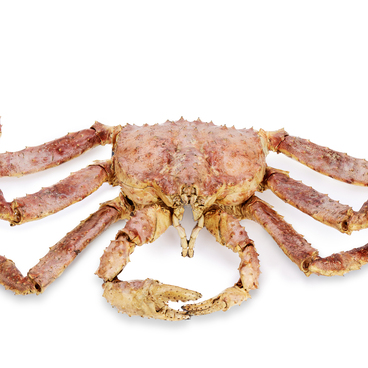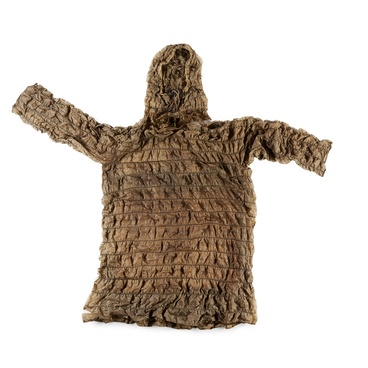The bear is one of the largest species of terrestrial mammals and Carnivora on the planet. There are eight modern species of these animals, and three of them live in the Russian Federation. These are the polar bear, whose range is located in the Far North, the brown bear, which inhabits most of Russia, and the Asian black bear, which can be found in Primorsky Krai.
Kamchatka is home to a subspecies of the common bear, the Kamchatka brown bear. It can be found in almost all types of lands and landscapes. The bear is usually solitary. Both males and females are territorial, with an average individual territory of 73 to 414 square kilometers and with the average area of males being about seven times larger than that of females. The boundaries of the area are marked by scent markers and “scrapes” — scratches on conspicuous trees.
The bear behaves very cautiously during the hibernation period. In Kamchatka, the animal prefers to hibernate in blizzards to avoid leaving traces. Most often it makes its den in deep, difficult-to-pass places, remote from human presence. Winter hibernation of animals lasts from five to six months. Brown bears leave their dens in large numbers in late April or early May. Females with cubs leave the dens slightly later than males.
The mating period of the animals occurs in May-June and lasts until mid-July. Pregnancy of a female lasts about 230 days. Cubs are born in the middle of winter weighing up to 500 grams. By the time they leave their “winter dwelling” they weigh from 3 to 5 kilograms. The cubs spend two wintering periods with the female and from the age of 2.5, start independent life.
The brown bear is an omnivore, however its diet is three-quarters plant-based. It includes berries, acorns, nuts, roots, tubers and stems of grasses. It may eat insects, lizards, frogs, rodents, and fish. The crucial fattening feed for most animals is Pacific salmon, which bears eat from August through November. They catch seals, chum salmon, pink salmon and coho salmon.
Bears are characterized by
seasonal migrations, which can be up to several hundred kilometers long. They
are associated with the search for food and places to make dens. The exhibition
presents a stuffed bear that was four years old. It was shot on the Kikhchik
River in the Ust-Bolsheretsky District.


